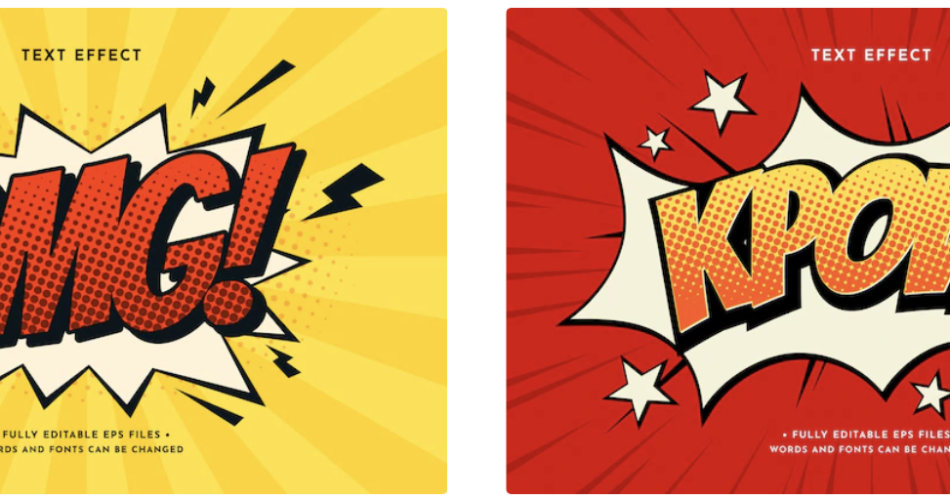Comic book fonts are a unique form of storytelling that combines vivid illustrations with compelling narratives. While the artwork takes center stage, another crucial element often overlooked is the font used for dialogue, captions, and sound effects. The right comic book font can enhance the overall reading experience, helping to convey emotions, tone, and even sound effects in an impactful way.
The Evolution of Comic Book Fonts
Comic book fonts have come a long way since the early days of the medium. Initially, hand-lettering was the norm, with artists painstakingly writing out dialogue and captions. This personal touch gave each comic its own distinct style. However, as the industry grew, the demand for consistency and efficiency led to the development of various fonts that captured the essence of hand-lettering while being easy to reproduce.
Key Characteristics of Comic Book Fonts
- Legibility: One of the primary functions of a comic book font is to ensure that the text is easily readable. Even with elaborate designs, the font should never compromise legibility, as readers need to follow the story seamlessly.
- Emotion and Tone: Different fonts can evoke specific emotions or convey the tone of a scene. Bold, uppercase fonts might express intensity, while a more cursive style could add a touch of elegance or nostalgia.
- Character Differentiation: Comic books often feature a diverse cast of characters, each with their own unique voice. Fonts can help differentiate between characters, making it easier for readers to identify who is speaking.
- Sound Effects: Beyond dialogue and captions, comic book fonts are also responsible for visualizing sound effects. From a subtle “whisper” to an explosive “KA-BOOM,” these fonts enhance the impact of the artwork.
Popular Comic Book Fonts
- Comic Sans MS: Despite its reputation, Comic Sans MS remains a popular choice for informal and light-hearted comics due to its rounded edges and friendly appearance.
- Blambot Fonts: Created by Nate Piekos, Blambot offers a variety of fonts designed specifically for comics. These fonts cover a wide range of styles, from classic superhero to quirky indie.
- WildWords: This font mimics the look of hand-painted lettering, adding a dynamic and organic feel to the text. It’s often used in action-packed scenes.
- Pow! Zap! Boom!: These fonts are specifically crafted for sound effects, adding a visually exciting element to action sequences.
The Digital Age of Comic Book Fonts
With the advent of digital comics, the accessibility and versatility of fonts have expanded. Digital artists can now experiment with a vast array of fonts, applying them seamlessly to their artwork. Moreover, digital distribution allows creators to maintain font consistency across various devices and screen sizes.
Conclusion
Comic book fonts are more than just words on a page; they’re an integral part of the storytelling process. They convey emotions, enhance scenes, and add an extra layer of depth to the visual narrative. From the classic days of hand-lettering to the digital age of endless font possibilities, the evolution of comic book fonts showcases the ongoing commitment to creating captivating and immersive comic book experiences. So, the next time you dive into a comic, take a moment to appreciate the artistry not only in the illustrations but also in the fonts that bring the story to life.
